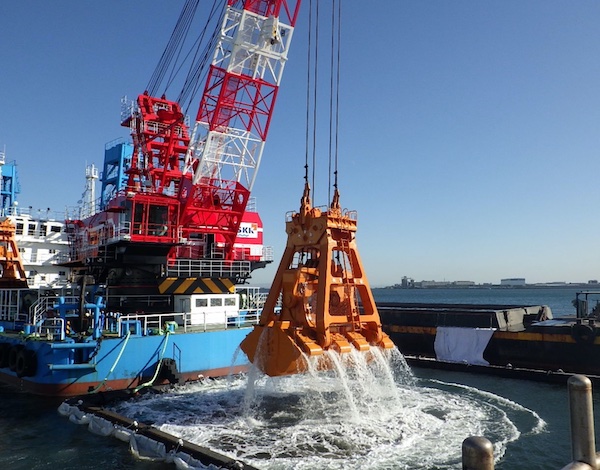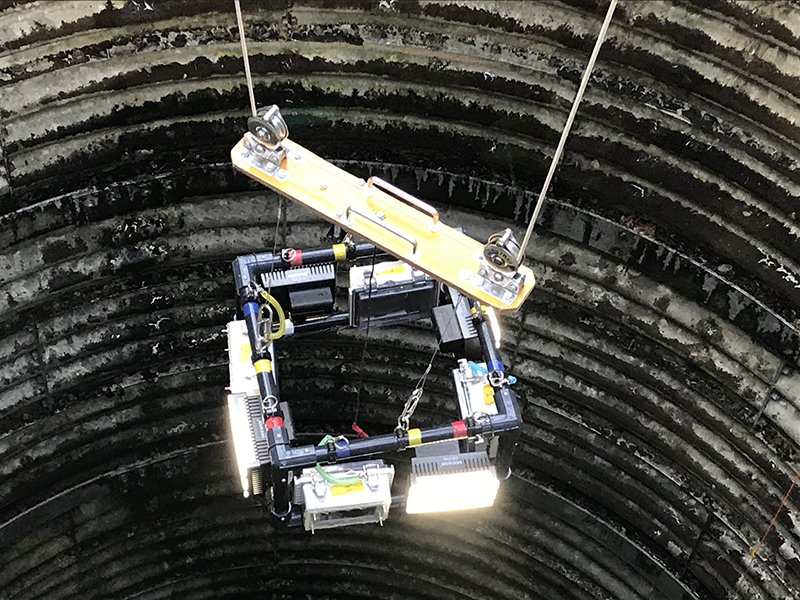2023-10-27 オークリッジ国立研究所(ORNL)
◆この研究では、洪水モデルの不確実性や誤差の主要な要因を特定し、フレームワークの正確性と有用性を示しました。モデルの予測精度を向上させ、将来の気象イベントの予測を改善できる新しい洪水モデリングアプローチが探求されました。この研究は、オークリッジ国立研究所とスペインのサラゴサ大学の研究者によって主導され、将来の洪水に備えるための新しい手法を探求しています。
<関連情報>
- https://www.ornl.gov/news/new-flood-modeling-research-aims-produce-more-accurate-predictions
- https://www.sciencedirect.com/science/article/pii/S0022169423010995
階層的マルチモデル浸水モデルフレームワークを用いた2021年テネシー州中央部の洪水事象の解明 Unraveling the 2021 Central Tennessee flood event using a hierarchical multi-model inundation modeling framework
Sudershan Gangrade, Ganesh R. Ghimire, Shih-Chieh Kao, Mario Morales-Hernández, Ahmad A. Tavakoly, Joseph L. Gutenson, Kent H. Sparrow, George K. Darkwah, Alfred J. Kalyanapu, Michael L. Follum
Journal of Hydrology Available online 14 September 2023
DOI:https://doi.org/10.1016/j.jhydrol.2023.130157

Highlights
•We simulate flood and inundation for the August 2021 Central Tennessee Flood Event.
•QPF underestimates the rainfall when compared to QPEs (STAGE4 and MRMS)
•Differences in QPEs and QPFs propagate to inundation estimates.
•TRITON may better simulate flood extents, but is more computationally demanding.
•RAPID-AutoRoute perform reasonably well and require much less resources.
Abstract
Flood prediction systems need hierarchical atmospheric, hydrologic, and hydraulic models to predict rainfall, runoff, streamflow, and floodplain inundation. The accuracy of such systems depends on the error propagation through the modeling chain, sensitivity to input data, and choice of models. In this study, we used multiple precipitation forcings (hindcast and forecast) to drive hydrologic and hydrodynamic models to analyze the impacts of various drivers on the estimates of flood inundation depth and extent. We implement this framework to unravel the August 2021 extreme flooding event that occurred in Central Tennessee, USA. We used two radar-based quantitative precipitation estimates (STAGE4 and MRMS) as well as quantitative precipitation forecasts (QPF) from the National Weather Service Weather Prediction Center (WPC) to drive a series of models in the hierarchical framework, including the Variable Infiltration Capacity (VIC) land surface model, the Routing Application for Parallel Computation of Discharge (RAPID) river routing model, and the AutoRoute and TRITON inundation models. An evaluation with observed high-water marks demonstrates that the framework can reasonably simulate flood inundation. Despite the complex error propagation mechanism of the modeling chain, we show that inundation estimates are most sensitive to rainfall estimates. Most notably, QPF significantly underestimates flood magnitudes and inundations leading to unanticipated severe flooding for all stakeholders involved in the event. Finally, we discuss the implications of the hydrodynamic modeling framework for real-time flood forecasting.



